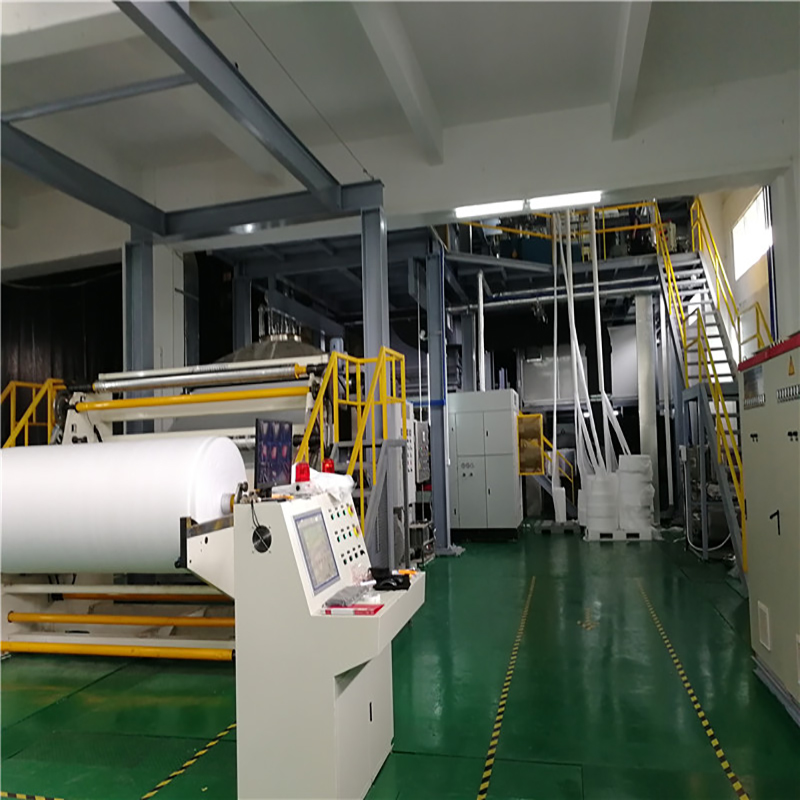Meltblown machine nonwoven fabric is a versatile and high-performance material that offers exceptional filtration efficiency, breathability, and other desirable properties.
Understanding Meltblown Machine Nonwoven Fabric:

Meltblown nonwoven fabric is a unique type of nonwoven material produced using meltblown technology. In this process, molten polymer resin is extruded through tiny nozzles under high pressure and temperature. The resulting fine fibers are then blown by hot air, creating a web of randomly oriented fibers that are bonded together to form a nonwoven fabric.
Advantages of Meltblown Machine Nonwoven Fabric:
Meltblown nonwoven fabrics offer several advantages, including:
High Filtration Efficiency: The fine fibers and dense structure of meltblown fabrics provide excellent filtration efficiency, making them ideal for applications where particle filtration is crucial.
Breathability: Despite their high filtration efficiency, meltblown fabrics maintain good breathability, allowing air to pass through while blocking particles.
Lightweight and Soft: Meltblown fabrics are lightweight and soft to the touch, making them comfortable for use in various applications.
Hydrophobic and Oleophobic: These fabrics exhibit hydrophobic (water-repellent) and oleophobic (oil-repellent) properties, making them suitable for use in wet or oily environments.
Applications of Meltblown Machine Nonwoven Fabric:
Meltblown nonwoven fabrics find applications in a wide range of industries, including:
Medical and Healthcare: Meltblown fabrics are used in the production of face masks, surgical gowns, and other medical supplies due to their high filtration efficiency and breathability.
Filtration and Purification: These fabrics are employed in air and liquid filtration systems, such as HEPA filters and water filters, to remove particles and contaminants.
Protective Clothing: Meltblown nonwovens are used in the manufacturing of protective clothing, such as hazmat suits and firefighter gear, providing barrier protection against hazardous substances.
Industrial Applications: Meltblown fabrics are utilized in various industrial applications, including battery separators, insulation materials, and geotextiles.
Considerations When Selecting Meltblown Machine Nonwoven Fabric:
When selecting meltblown machine nonwoven fabric, consider the following factors:
Filtration Efficiency: Choose a fabric with the appropriate filtration efficiency for your specific application.
Breathability: Ensure that the fabric maintains good breathability to meet the requirements of your application.
Material Properties: Consider the material properties, such as weight, softness, and hydrophobicity, based on the desired end use.
Quality and Consistency: Opt for meltblown fabrics from reputable manufacturers that maintain strict quality control standards to ensure consistent performance.
